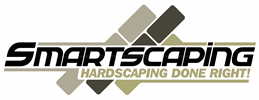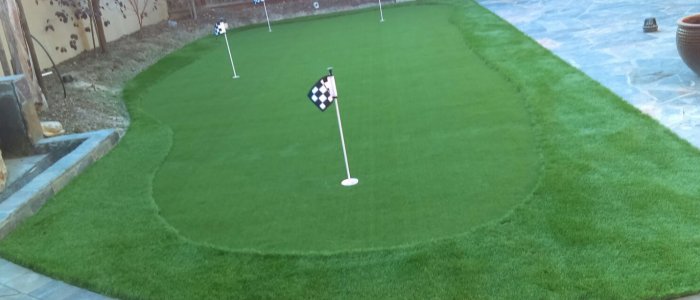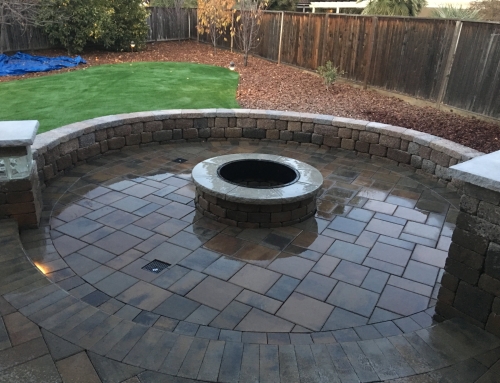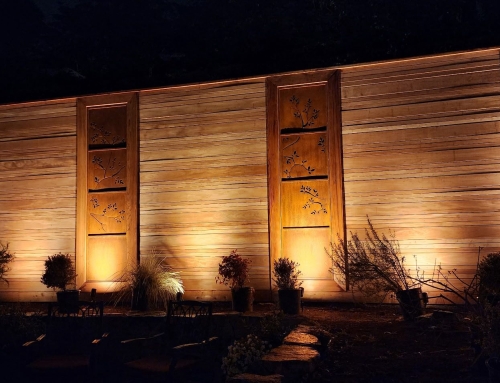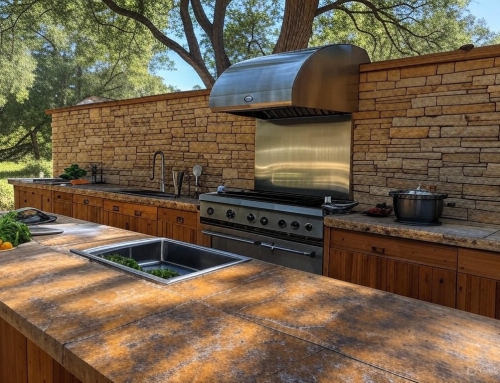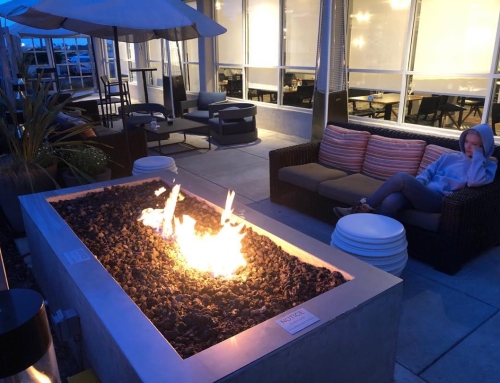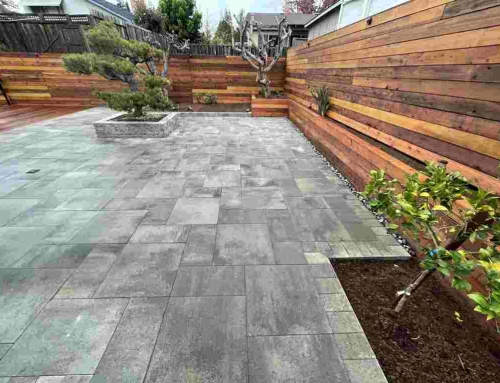As we strive to provide our customers with the best landscaping solutions, it is essential that we stay informed about the products we offer. Today, we’re going to delve into the world of artificial grass and synthetic turf, discussing their differences, costs, and potential disadvantages. Let’s get started!
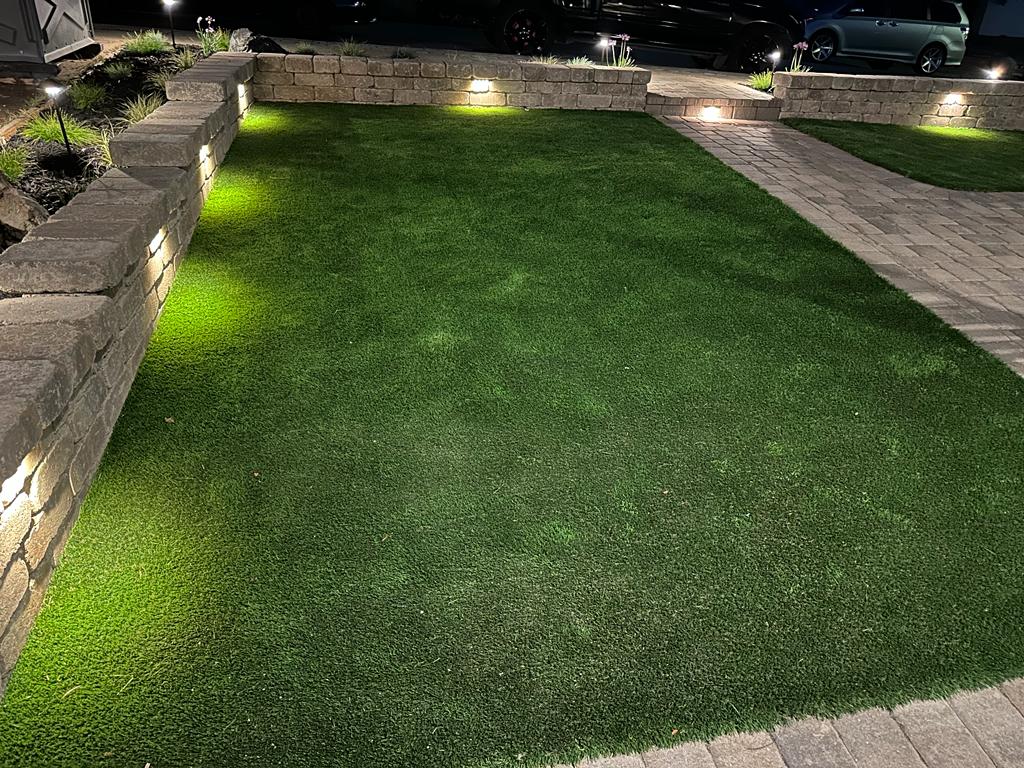
What is the difference between artificial grass and synthetic turf?
Artificial grass and synthetic turf are terms often used interchangeably, but they are not entirely the same. Understanding their distinctions can help us offer better guidance to our clients.
Artificial Grass:
Artificial grass usually refers to individual, pre-made grass blades that are made from synthetic materials like nylon or polyethylene. These grass blades are installed on a backing material to resemble natural grass lawns. The installation process typically involves securing the grass blades onto a prepared surface, such as soil or concrete.
Synthetic Turf:
On the other hand, synthetic turf encompasses the entire system that replicates a natural grass lawn. It includes not only the synthetic grass blades but also the infill (typically made from rubber or sand) that is spread between the blades to enhance durability and provide a more realistic feel. Additionally, a drainage system is incorporated into the base to ensure proper water drainage.
What is the cost to make a turf?
The cost of installing artificial grass or synthetic turf can vary based on several factors. Here are the key aspects that influence the overall expense:
Lawn Size: Naturally, larger lawns will require more materials, leading to higher costs.
Quality of Materials: The price can vary depending on the quality and type of synthetic grass and infill materials chosen.
Labor Costs: Installation costs can vary based on the complexity of the project and local labor rates.
Additional Features: If the client requests additional features such as landscaping around the turf or customized designs, the costs will increase accordingly.
Accessibility: Difficulty in accessing the installation site may result in additional expenses.
For a more accurate estimate, we recommend conducting a thorough assessment of the client’s requirements and property specifications.
What is the disadvantage of artificial turf?
While artificial turf offers numerous benefits, it is essential to be aware of some potential disadvantages:
Heat Retention: Artificial turf can get significantly hotter than natural grass during hot weather, making it uncomfortable for barefoot walking or play for pets.
Surface Hardness: Synthetic turf can be firmer than natural grass, which may lead to more substantial impact when someone falls, increasing the risk of minor injuries.
Infill Maintenance: The infill used in synthetic turf can attract dust, dirt, and debris over time, requiring periodic maintenance.
Environmental Concerns: Some older types of artificial grass were made from non-recyclable materials, leading to environmental concerns. However, modern options are more eco-friendly.
Initial Cost: The upfront cost of installing artificial turf can be higher than natural grass, although it often pays off in the long run through reduced maintenance expenses.
FAQs:
1. Can I install artificial grass on my own?
Installing artificial grass or synthetic turf is a complex process that requires specialized knowledge and equipment. It is best to leave it to professionals to ensure a successful and long-lasting installation.
2. How long does artificial grass typically last?
High-quality artificial grass can last anywhere between 15 to 25 years, depending on usage and maintenance.
3. Is artificial turf safe for pets and children?
Yes, artificial turf is safe for pets and children. In fact, it’s designed to be durable and non-toxic, providing a safe play area for the whole family.
4. Does synthetic turf require watering?
One of the significant benefits of synthetic turf is its minimal water requirements. Unlike natural grass, it does not need constant watering. Occasional rinsing to remove dust or debris is sufficient.
5. Can I recycle artificial grass after its lifespan?
Most modern artificial grass products are recyclable, making it an environmentally friendly choice. However, the recycling options may vary depending on local facilities.

